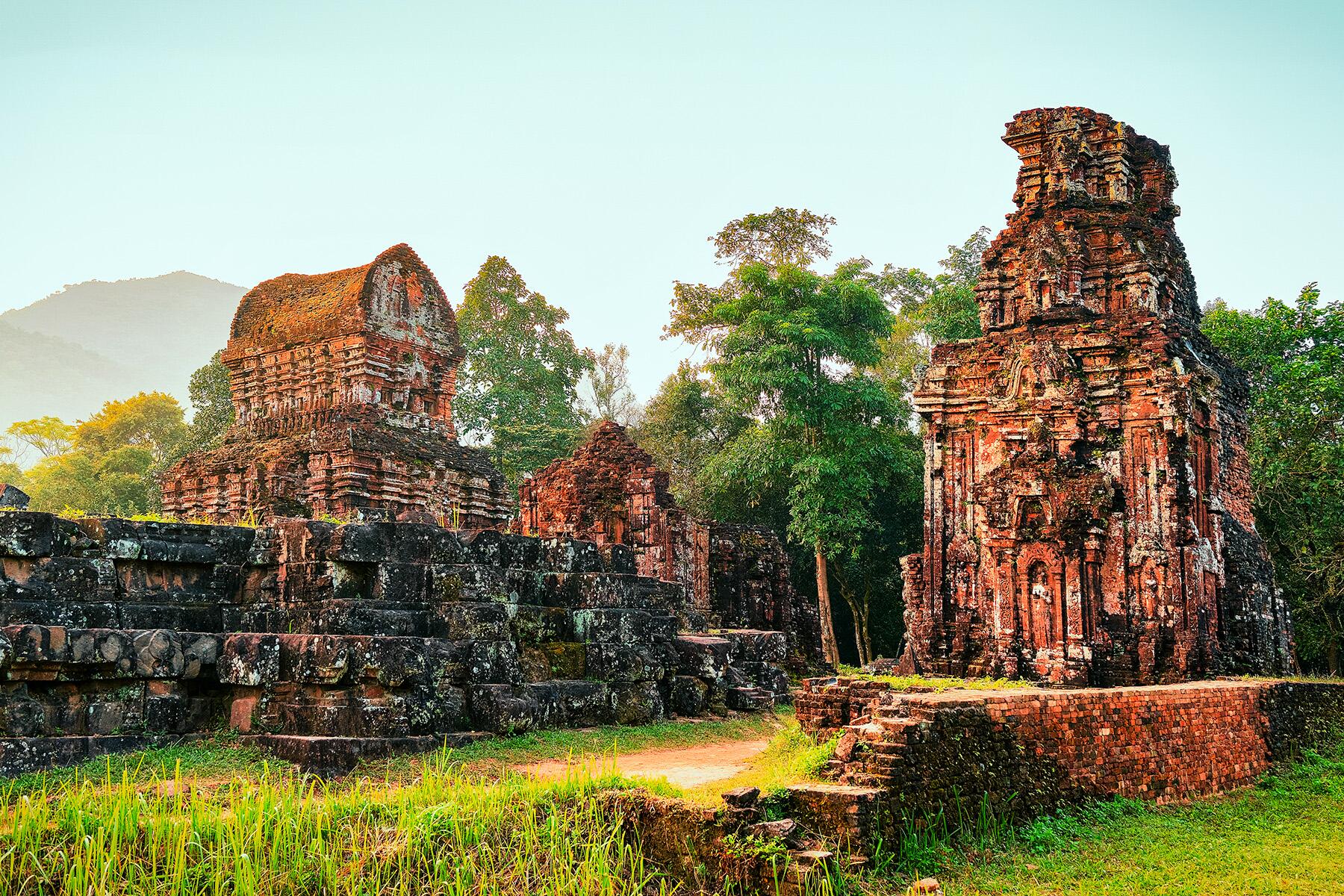“What I see is that the younger Ukrainians no longer feel the special bond with Russia the way their parents have felt. They grew up with their own language, culture, and idols.”
T
he mainstream stereotypes about Ukraine and Ukrainians are heavily influenced by its past as one of the countries that made up the USSR. Assumptions about Ukraine being solely influenced by Russia, despite having its own language, culture, and identity, have been hard to shake. Even now, in a war of Russian aggression, these stuck-in-time stereotypes prevail internationally, with reports of the surprising prevalence of unique Ukrainian hipster culture as represented by cool eateries, modern businesses, and stylish districts.
For those who’ve visited or lived in Ukraine, its trend toward hipster youthfulness comes as no surprise, as younger generations have put their fresh stamp on the major cities of Kyiv, Lviv, Kharkiv, and Odesa especially. The stereotypical notions of Soviet-style austerity–brutalist tower blocks, Lenin monuments, and ordered streets–can be put to rest during a day’s strolling of any Ukrainian city. The Zoloti Vorota district of Kyiv was even voted the eighth coolest neighborhood in Europe. Ukrainian cities have carved out their own identities with shops, cafes, artwork, and markets that consider both past and future. This style of hipsterdom means vintage-inspired coffee shops, flea markets, craft beer microbreweries, barbershops, and pictures of Ukrainian revolutionaries on the walls. Even mainstream chain restaurant Spotykach is in on the trend, choosing to decorate its branches like a Soviet mother’s home, a retro aesthetic using the decorative themes and knick-knacks that defined the eras before independence. This is a statement that could be read as ironic in a country that has moved on to create a thriving contemporary tech and arts scene. Ukraine’s hipsterdom embraces nostalgia as well as modernity, as evidenced by the Apple Watch advert shot in Kyiv’s Central Railway Station and its thriving IT sector.
Recommended Fodor’s Video
As the second biggest country in Europe, Ukraine is alive with cultural identities. Joanna M. Kepka, Ph.D., associate professor of political geography at the University of Nevada, explains that “Ukraine is the perfect embodiment of borderland,” a popular translation of its name. She elaborates that it is “a land at the crossroads where many styles, movements, expressions, and–unfortunately–armies collided over centuries.” It is this geography that adds to its cultural complexity, in terms of its religious, ethnic, and linguistic leanings, as well as subcultures such as modern hipsterism.
“Ukraine is the perfect embodiment of borderland–a land at the crossroads where many styles, movements, expressions, and–unfortunately–armies collided over centuries.”
Ukrainian native Marina Shepelsky is CEO and attorney at the Shepelsky Law Group, which specializes in immigration. She agrees that Ukraine “definitely adopted the hipster culture, a culture of biking, eco-friendly ideas, flea markets, and small neighborhood dives, with less focus on ambition and more on freedom.” Even though she thinks its youth culture is closer to Poland and Germany, there are key differences in Ukraine. It is “very much about aesthetics, so more polish and less grime,” as well as “a focus on civic consciousness with everything being clean and orderly.”
This evolution applies to those who stayed (before the forced migration of war due to the Russian invasion), as some young Ukrainians chose to emigrate to Poland and other EU countries in search of opportunities. Kepka calls the last decade “transformative and tumultuous,” as the conflict itself can inspire creativity to process the emotions generated by political and social upheaval, especially in younger generations.
In 2014, protests in Kyiv resulted in the expulsion of the government and the elected President Viktor Yanukovych, known as the Maidan Revolution or “Revolution of Dignity.” The annexation of Crimea and the Orange Revolution protests in response to the 2004 presidential election are other recent examples of unrest as well as unity. In response to ongoing instability, young people “embraced their realities and channeled their energies into entrepreneurial and artistic spheres,” says Kepka.
The political threads that run through hipster culture prove it to be more than just an aesthetic, although these liberal and pro-European or even typically Western views are becoming more mainstream outside of subcultures according to Kepka. However, she cautions against the use of the word “Western,” as deep pride in Ukrainian culture is a pivotal element of their hipster movement. In terms of hipster shops and eateries, she points to socio-economic changes that spurred the growth of local businesses and were kept busy by the emergent middle classes.
George Alexandru Condrache, a doctoral student at the University of Western Ontario, attributed the adoption of hipster culture in Eastern European countries to social media, travel around Europe, and political changes in his chapter of Hipster Culture: Transnational and Intersectional Perspectives. “Romania was integrated into the European Union in 2007. Only afterward was it easier for youth, students, and corporate employees to travel throughout Europe and to have more contact with Western trends,” he wrote. He concluded that it was the “cultural integration that preceded the political integration” in agreement with fellow Romanian and writer on hipster culture, Ovidiu Dumitru Solonar.
Shepelsky believes that national pride and the resurgence of homegrown artistic expression is a defining factor in the evolution of the country’s youth. “They built Ukrainian culture as a separate culture, completely independent of Russia, growing up watching Ukrainian cartoons, theater and musical groups that have emerged since Soviet times.”
Part of this cultural revolution may be one of self-discovery alongside a desire to showcase it beyond Ukrainian borders. In 2016, Ukraine won the Eurovision Contest with “1944,” a song about Joseph Stalin’s enforced deportation of the Tatars (Turkic ethnic groups) from Crimea. Two lines of the artist Jamala’s lyrics roughly translate to “I couldn’t spend my youth there, because you took away my peace,” a sentiment about the war that is just as relevant today.
The burgeoning Ukrainian film industry has also been making its way to festivals around the world, inspired and informed by recent history. Evgeny Afineevsky’s Winter on Fire: Ukraine’s Fight for Freedom immortalized the Euromaidan protests and was subsequently nominated for an Academy Award and a Primetime Emmy. At Sundance Festival in 2020, Iryna Tsilyk took the directing award for The Earth Is Blue as an Orange about living through the war in Donbas, Southeast Ukraine.
Michael Levitis, Founder of Russian Insider and Radio Host for FreedomFM has also watched this separation of culture. “What I see is that the younger Ukrainians no longer feel the special bond with Russia the way their parents have felt. They grew up with their own language, culture, and idols.”
Now that Russia has invaded, Ukrainians are forced to take shelter for most of their day, or leave and start new lives away from their mother country. It’s impossible to know what will happen inside the country as scaffolding is erected to protect its physical manifestations of culture, including its cathedrals and statues. There is a question mark as to how this war will shape Ukrainian identity in the future, as it becomes a diasporic nation and that will potentially disconnect itself from Russia more than ever before. As Kepka surmises, “ironically, Russia’s invasion and the ongoing bloodshed has brought about Russia’s biggest fear–that of losing Ukraine forever.”




